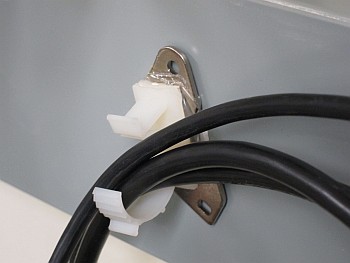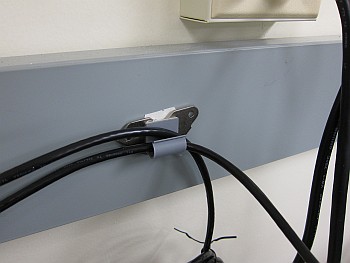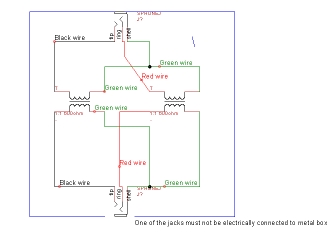I've hesitated to comment much on the ongoing Japanese tragedy, but I wish to talk a little about the output coming out from the reactor whenever they open the valves to reduce the pressure inside. In commerical nuclear reactors not using heavy-water for their coolant (aka most non-Canadian western reactors) the pure water coolant is exposed to the intense neutron flux as it passes through the reactor. The neutrons can interact with the oxygen nuclei in the water to form nitrogen-16, a very short lived radioisotope with a half-life of seven seconds. After a few minutes away from the core there is none of it left so the only hazard is near the output pipe, and there are places they store the output for just a little while to let all of the N-16 to decay back into oxygen-16.
The other common isotope coming out is tritium coming from the small amount of deuterium in normal water, leaking through the fuel rod cladding, and other spalling type nuclear reactions in the materials in the core. The tritium is a low radioactive hazard but has a 12-year half-life.
If the reactor is hot, water will decompose into hydrogen and oxygen, especially with the right catalysts.
So if you were to open the output valve on a reactor to relive the steam pressure inside (because the regular cooling is not working), you would get quite a bit of that nitrogen-16. It would be gone by the time a few minutes of wind-time, but it is quite the hazard to the plant. I wonder how much of the periodic bursts of site limit radioactivity is related to that.
The introduction of seawater into the cores introduces the possibility of neutron activation of a number of other elements (sodium, chlorine, etc.) into radioactive isotopes that last longer and can have more of an issue in life time and clean up.
None of this discussion is about the breaking or melting of the cladding and detection of fission products (like what you see when checking people on their clothing for particles), which seems to have occurred in some fashion.
A good primer on what might be going on, without hysteria is over at MIT.





